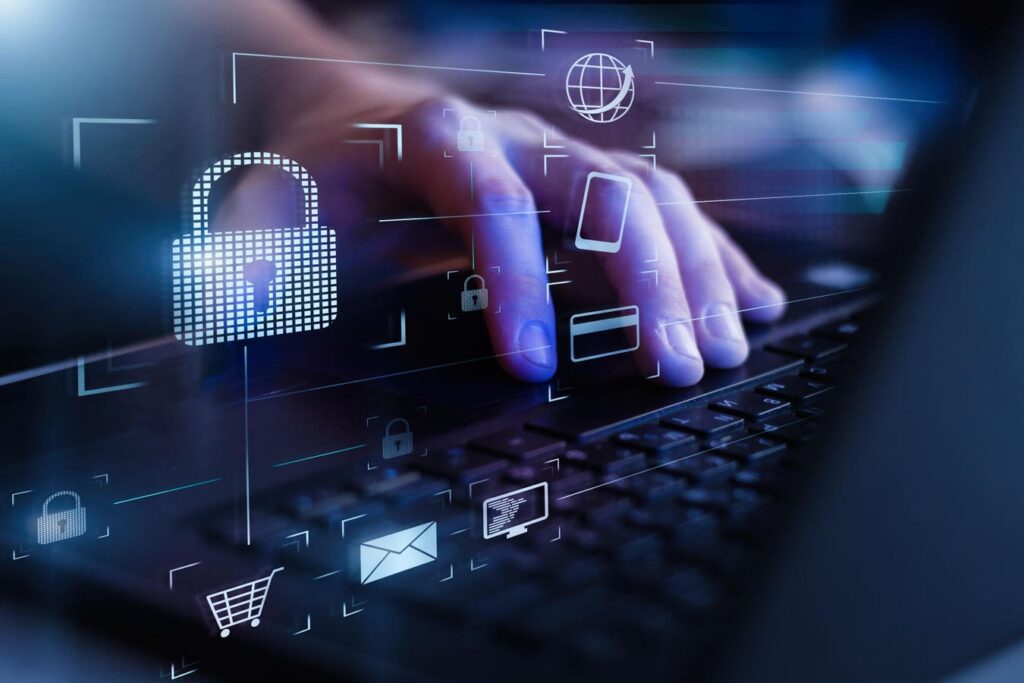Researchers warn against Solana Key Volft taking advantage of confidence in Gmail.
Update, January 20, 2025: This story, initially published on January 10, now includes comments from safety experts concerning the methodology and dangers of Gmail Cyber Attack.
As the largest free messaging platform in the world, Gmail often finds himself in the reticle with regard to hacking attacks. A new report revealed how this is the case as a new threat campaign flying private keys to drain Solana Crypto Wallet uses and abuses confidence in Gmail at the heart of its attack strategy. Here’s what you need to know.
Pirates abuse confidence in Gmail to target cryptographic keys
Not one, but two threat actors target the solara crypto wallet holders using tactics and overlapping techniques to steal private keys. The common denominator, however, is that Gmail is used as a relay to exfiltrate the key data used to empty the wallets. The Socket threat research team has published its results in a January 8 report Entitled “Gmail for exfiltration: the malicious NPM plans target the solana private keys and the portfolios of victims of victims”.
The information analyst on threats, Kirill Boychenko, said Socket had found packages of malware packages “designed to exfiltrate the private solana via Gmail keys”, using the code to intercept private keys to Starting portfolio interactions and “surrounding them by Gmail SMTP servers”. The use, or more specifically, the abuse of Gmail here is important according to Boychenko. Gmail is a messaging service so well known and reliable that “these attempts at exfiltration are less likely to be reported by firewalls or terminal detection systems”, indicates the report, because they deal with smtp.gmail. com as legitimate traffic.
A Google spokesperson provided me with the following statement: “We are aware of this attack class and have the diversion protections that detect this type of behavior (then exfiltration in transfer) and secure the account of the victim by asking users to reactivate.
I contacted Solana for a declaration.
AI and Gmail remain fundamentally linked in the state of mind of the attacker
The threat to Gmail and other email users from AI attacks has been well covered in recent months, but AI poses a wider attack surface according to Dmitry Volkov, CEO of Group-IB. “Cybercriminals continue to use AI in advance,” said Volkov, “like the Jailbreaks, the generation of malicious code and even the search for technical advice for cyber attacks.” Above all, AI allows them to create scams as we have already seen and Gmail users have already lived, as well as to collect information and even to launch mass or very targeted attacks, “in particular by the Biases of social media and online recognition, “warned Volkov” which are increasingly questioning our current defense strategies. Languages will continue to play a key role in cybercrime threats as a service where attackers “automate the creation and deployment of cyber-menices such as phishing campaigns, operating kits, malicious software, and more” , said Varkov.
Such threats can be seen in the growth of what Volkov has called in shape and hyper-scale fraud. “Frauders find innovative means to exploit AI for the automation of scams, marketing and distribution,” said Varkov, “Deepfake technology, social engineering schemes, automated cats, E- Mail and telephone calls are now part of the advanced scams to create a fraud even more convincing platforms, online affiliate programs and identities and references made to deceive and fraud the victims. This scam ecosystem is the rise of the Call Call of the School. , “These centers form an illegal world economy.” The financial regime of crime networks now directly involve individuals, by trafficking in scam compounds, “said Varkov,” said Varkov, or indirectly, attracting people to fraudulent activities Thanks to false job offers, pig diets and other content -related content.
“The reasons for this attack seem quite obvious; The pirates have one goal: to drain the portfolios of the victims and get rich. However, this could create a dangerous precedent. “Said Jamie Akhtar, CEO of Cybersmart. “The ability to delete sensitive data in the wholesale of infected systems is unusual and allows cybercriminals to cover their tracks. Likewise, the news that this threat could be adapted to other tools linked to Solana is worrying, as is the detail that firewalls or end-point detection systems detect this type of exfiltration. »»
The pirates exploited Google AI-Propulsed Summary and Gmail Key Exfiltration
The malicious NPM packages were disguised as legitimate tools, using Typo-Squatting to appear as an extremely popular package with 93 million downloads and, according to Socket, about a million downloads each week. “@ Async-Mutex / Mutex is a typosquat of the Popular NPM Package Async-Mutex, which provides a mutual exclusion mechanism (Mutex) for asynchronous JavaScript operations”, indicates the report. A warning was also issued by researchers regarding Google AI’s summary for the malicious package, which produced a “friendly overview” which obscured hidden malware and left the developers exposed to a serious risk. “When the summaries led by AI neglect integrated threats,” said Boychenko, “they can even guide cautious users towards the installation of harmful dependencies, endangering individual projects and the supply chain in software wider. “
The researchers said that when the report was published, the malicious packages had remained live and available for download, but they had asked for their withdrawal. “We have also reported two Github standards,” said Boychenko, “used by the threat actor … to amplify the malware campaign and lend legitimacy to these malicious packages.” I contacted Github for a declaration. The attack code can manage several private keys simultaneously, depending on the report, allowing an attacker to compromise several user accounts or environments at the same time, the keys discovered being exfiltrated to the Gmail addresses controlled by a hacking, which I will not publish Not here but which are accessible in the report itself.


